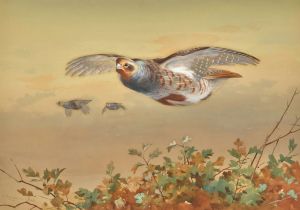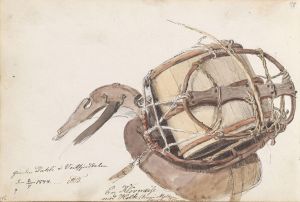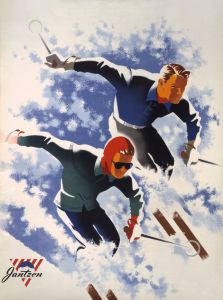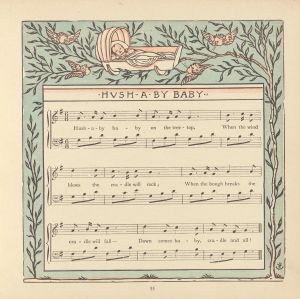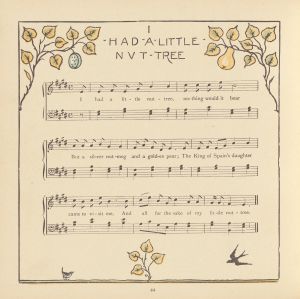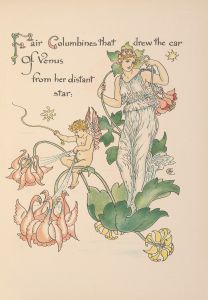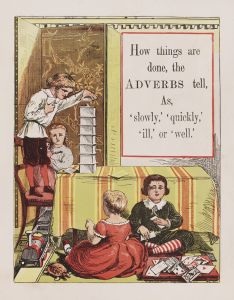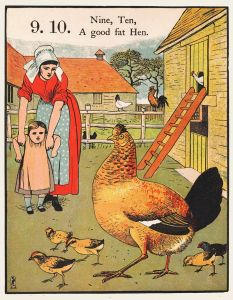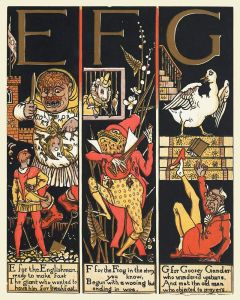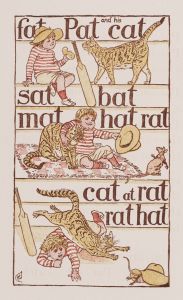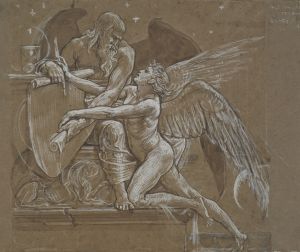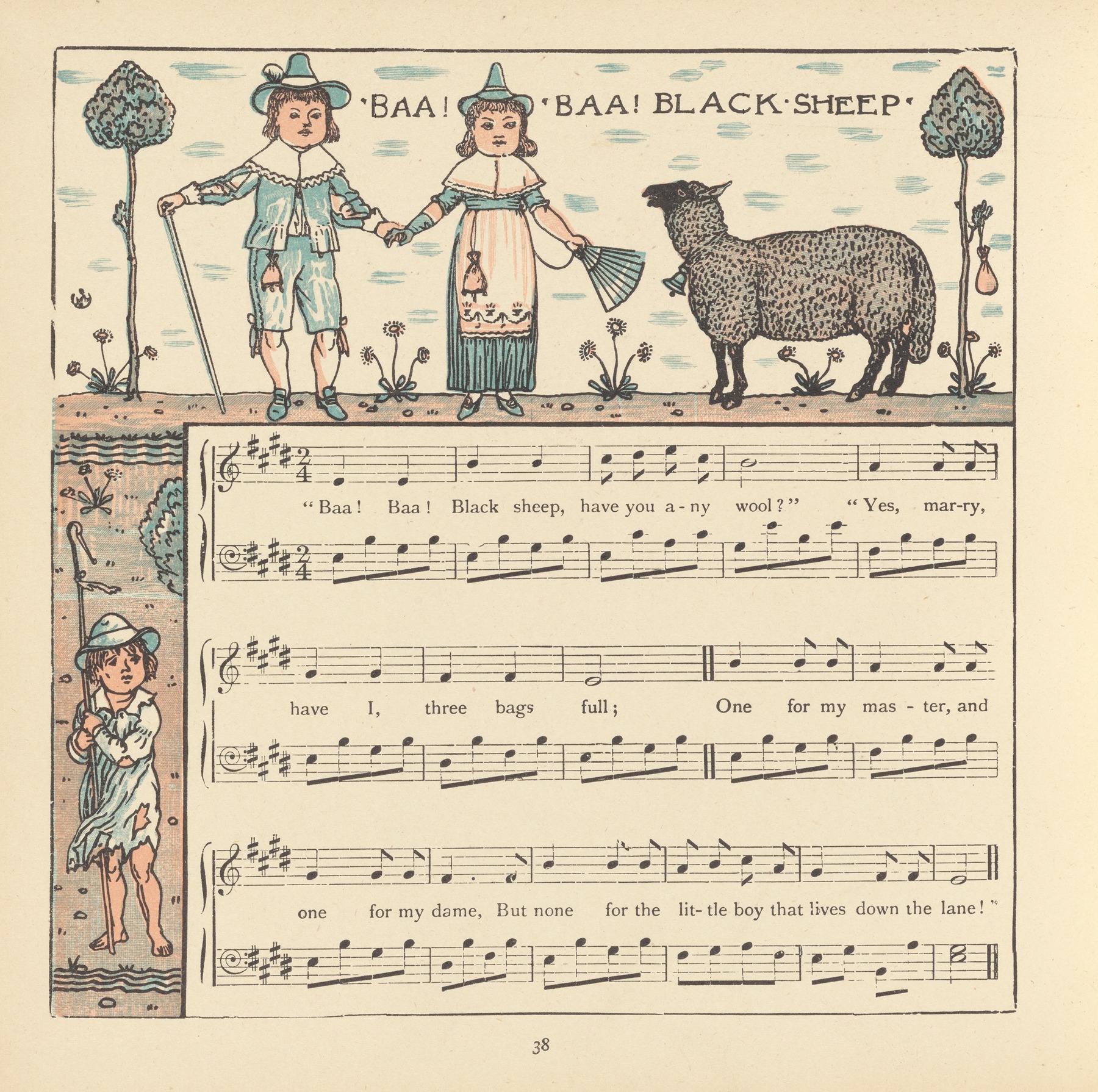
Baa! Baa! Black Sheep
A hand-painted replica of Walter Crane’s masterpiece Baa! Baa! Black Sheep, meticulously crafted by professional artists to capture the true essence of the original. Each piece is created with museum-quality canvas and rare mineral pigments, carefully painted by experienced artists with delicate brushstrokes and rich, layered colors to perfectly recreate the texture of the original artwork. Unlike machine-printed reproductions, this hand-painted version brings the painting to life, infused with the artist’s emotions and skill in every stroke. Whether for personal collection or home decoration, it instantly elevates the artistic atmosphere of any space.
Walter Crane was a prominent English artist and book illustrator, known for his contributions to the genre of children's literature in the late 19th and early 20th centuries. One of his notable works is the illustration for the nursery rhyme "Baa, Baa, Black Sheep." Crane's illustrations are celebrated for their intricate detail, vibrant colors, and the ability to capture the whimsical essence of children's stories.
"Baa, Baa, Black Sheep" is a traditional English nursery rhyme, the earliest surviving version of which dates back to the 18th century. The rhyme has been a staple in children's literature, often included in collections of nursery rhymes due to its simple and rhythmic verse. Walter Crane's illustration of this rhyme is part of his broader work in illustrating nursery rhymes and fairy tales, which he approached with a unique artistic style that combined elements of the Arts and Crafts Movement with influences from Japanese art, which was popular in Europe at the time.
Crane's illustration for "Baa, Baa, Black Sheep" typically features the titular black sheep, often depicted in a pastoral setting that reflects the rural origins of the rhyme. His use of color and form is both playful and sophisticated, appealing to children while also being appreciated by adults for its artistic merit. The illustration often includes other elements from the rhyme, such as the three bags of wool, which are integral to the narrative of the verse.
Walter Crane was a key figure in the development of children's book illustration, and his work on nursery rhymes like "Baa, Baa, Black Sheep" helped to elevate the status of children's literature. He believed that children's books should be both educational and aesthetically pleasing, a philosophy that is evident in his detailed and carefully composed illustrations. Crane's work was influential in shaping the visual language of children's books, and his illustrations remain popular to this day.
In addition to his work as an illustrator, Crane was also an accomplished painter and designer. He was associated with the Arts and Crafts Movement, which advocated for the integration of art into everyday life and emphasized the value of craftsmanship. This movement was a reaction against the industrialization of the late 19th century, and Crane's work often reflects its ideals through his attention to detail and the harmonious composition of his illustrations.
Crane's legacy in the world of children's literature is significant, and his illustrations for nursery rhymes like "Baa, Baa, Black Sheep" continue to be celebrated for their beauty and creativity. His work has inspired generations of illustrators and remains a testament to the enduring appeal of classic nursery rhymes and the power of illustration to bring stories to life.





